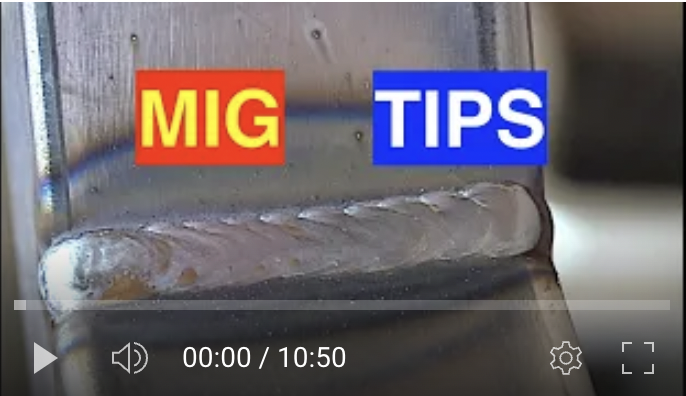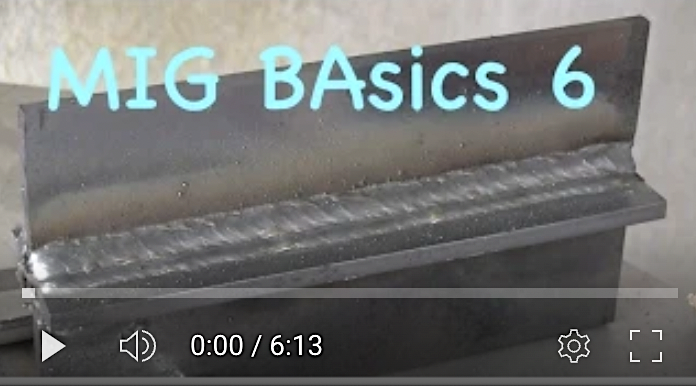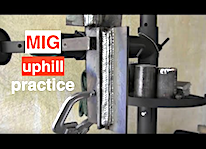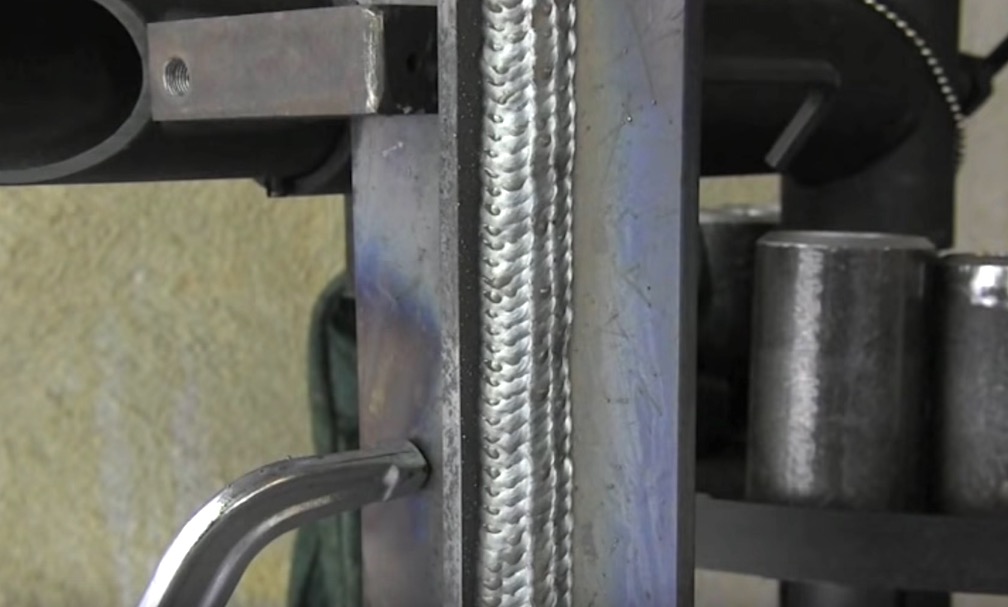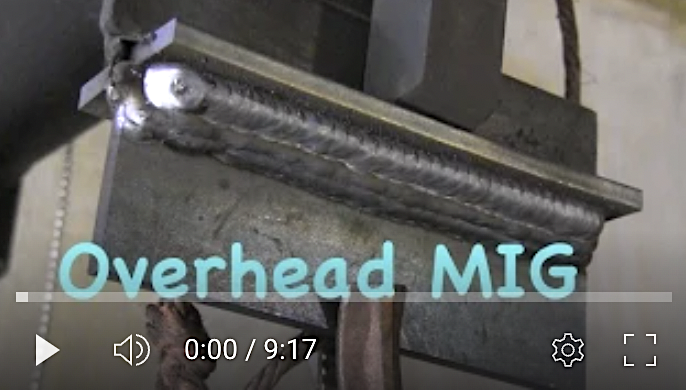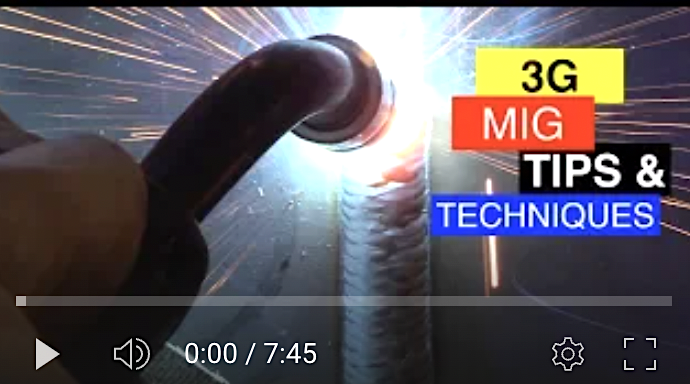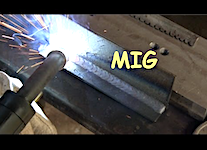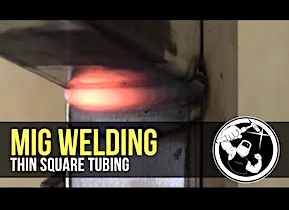MIG Welding Techniques, testing, and more
Searching for some good videos to help you with MIG Welding?
This page has the right videos to jump start your learning without any fluff.
You can also find plenty of info on MIG basics and fundamentals by visiting my MIG basics video pages.
If you learn better with an ABC, 123, type of structured course, we have a banger of a course for you at welderskills.com.
You can have full access to the MIG course as well as all other courses when you take our Free 7 day test drive.
Invest in yourself and click the green button below to learn more
Mig welding tee joint skill builder
One of the best ways to get better at mig welding is to run lots and lots of beads and practice stacking them halfway over the previous bead.
One simple way to do that is with a Tee joint.
The simple tee joint lets you run a straight bead by following the joint seam.
And then you can get tons of welding practice by stacking beads...each bead overlapping halfway over the previous bead.
just watch the video above to get jump started on this skill building exercise.
Short circuit mig uphill tee practice drill
Short circuit mig welding a vertical uphill tee requires some gun manipulation in order to achieve penetration and at the same time, avoid excessive convexity.
In other words, unless you do something to help the bead lay down flat, it will hump up.
this is partly due to gravity but is also just a characteristic of short circuit mig welding.
I either use an upside down V technique or a series of triangles to make the metal spread out and lay down flatter.
Just welding uphill without any torch movement usually results in crowned bead with way too much convexity.
Watch the video above to better understand this welding technique
Overhead tee joint drill
Mig Welding overhead should be done using almost the same settings used for flat or horizontal positions.
A common misconception is to set the machine colder so that the puddle can be controlled more.
Actually, a hot setting often works better on overhead than a cold setting.
Watch the video to learn wire speed and voltage settings and to see the importance of CTWD. ( contact tip to work distance).
Short Circuit mig 3g plate test
A common short circuit mig weld test is a 3/8" thick plate test with 30-37.5 degree bevels where the root pass is welded downhill and the fill and cap are done uphill.
The number of weld passes are usually up to the individual welder.
In this video, I used a total of 3 passes.
root pass downhill, fill pass uphill, and a cover pass.
Watch the video and see the techniques used and then practice.
Testing mig welding techniques
There is an awful lot of discussion on whether a push angle works better than a pull angle for short circuit mig.
In the video above I tested some different techniques for penetration to see the difference in pushing or pulling.
MIG Welding thin wall tubing
For fabricating things out of thin wall tubing, mig welding can be the very best method because little or no cleaning is needed and because welding downhill works great for thin wall tubing.
All the same best practices apply .
- make sure to have a good ground
- keep your stickout short
- dont get carried away with excessive gun angle
People also ask
What does MIG mean in welding?
MIG stands for Metal Wire Inert Gas.
Along the way, mixed gas like C25 (75/25 argon/co2) became popular as opposed to pure inert gases so the name was changed to Gas Metal Arc Welding or GMAW.
On engineering documents like drawings and welding procedures, GMAW is the correct term along with its variations like GMAW-S (to denote short circuit transfer) and GMAW-P (to denote pulse spray)
People still use the word MIG as well as terms like “wire welding” and “short arc” to refer to short circuit mig welding.
What is difference between TIG and MIG welding?
One main different is that TIG welding can be done without using filler metal. ( “autogenous” is the 2 dollar word used to describe that)
WIth TIG welding a tungsten electrode shielded by a gas (usually argon) generates the heat that produces the weld puddle. If filler metal is used, it is added separately either by hand or by a mechanized feeder.
With MIG welding, the filler wire is fed thru a mig gun where it is shielded by a gas and the wire itself produces the arc and also becomes the filler metal.
Is MIG welding easy?
MIG welding is considered by some to the easiest process to learn.
But like anything, there is more to it than meets the eye at first glance.
Someone might be able to produce a decent weld on a workbench within a few minutes of practice.
But when it comes to welding uphill or in the overhead position, most people require training and practice to be proficient.
Which is better MIG or stick welding?
Neither one is better but Mig welding is generally much faster for fabrication in a shop environment
Stick welding is generally better for outdoor welding where wind is a factor.
For coded welding, the process will be specified on a procedure doc.


